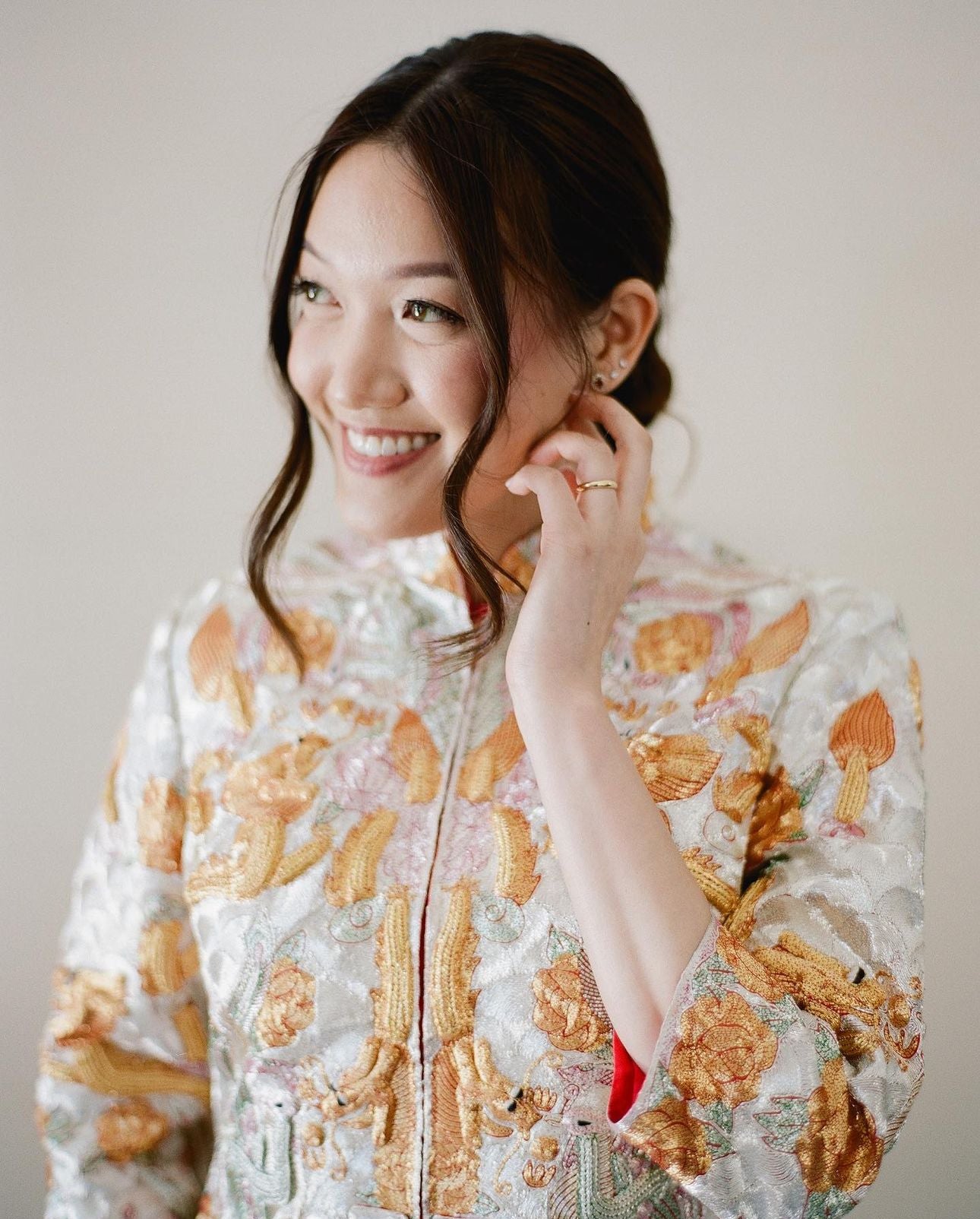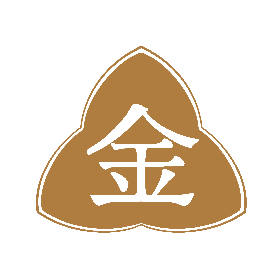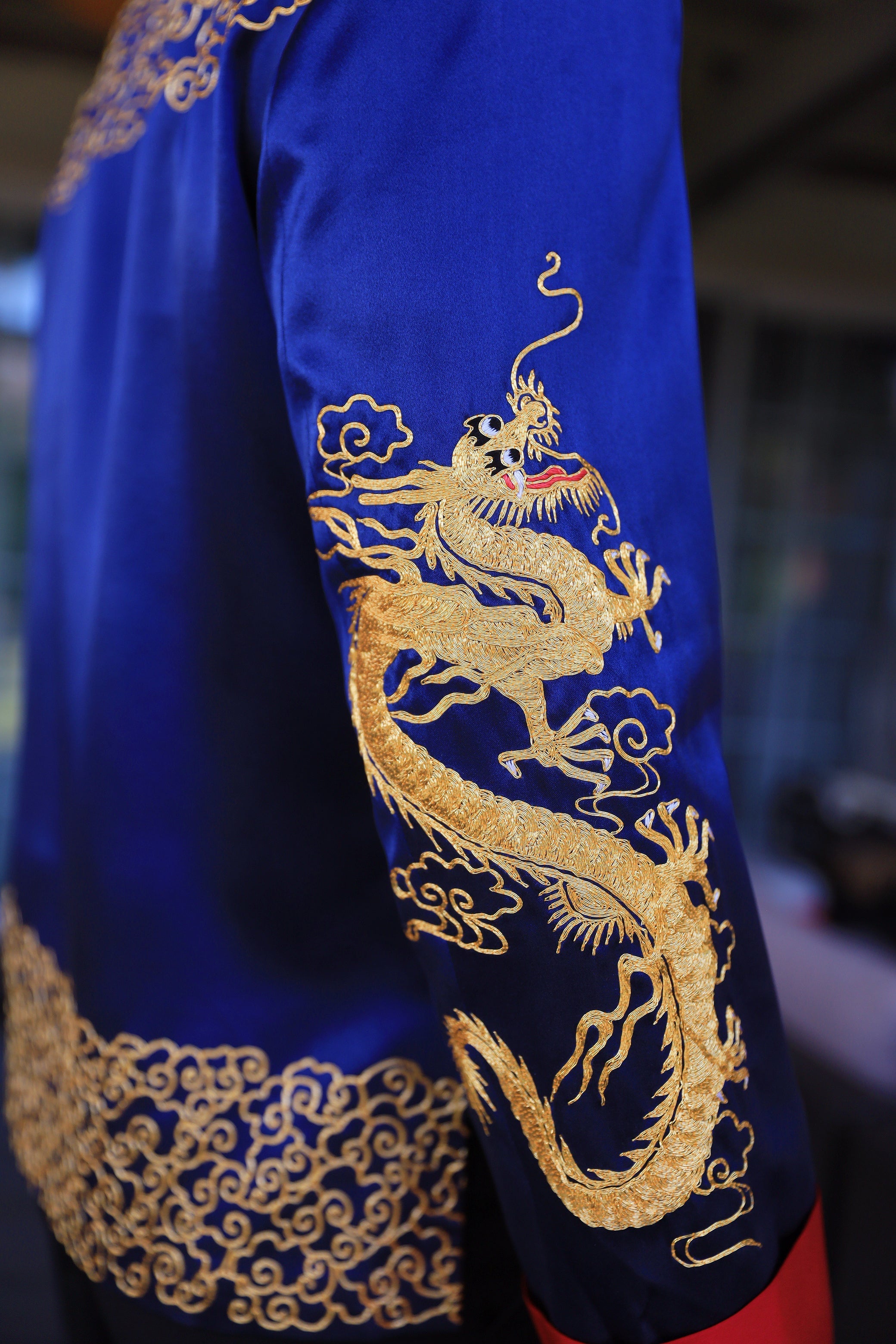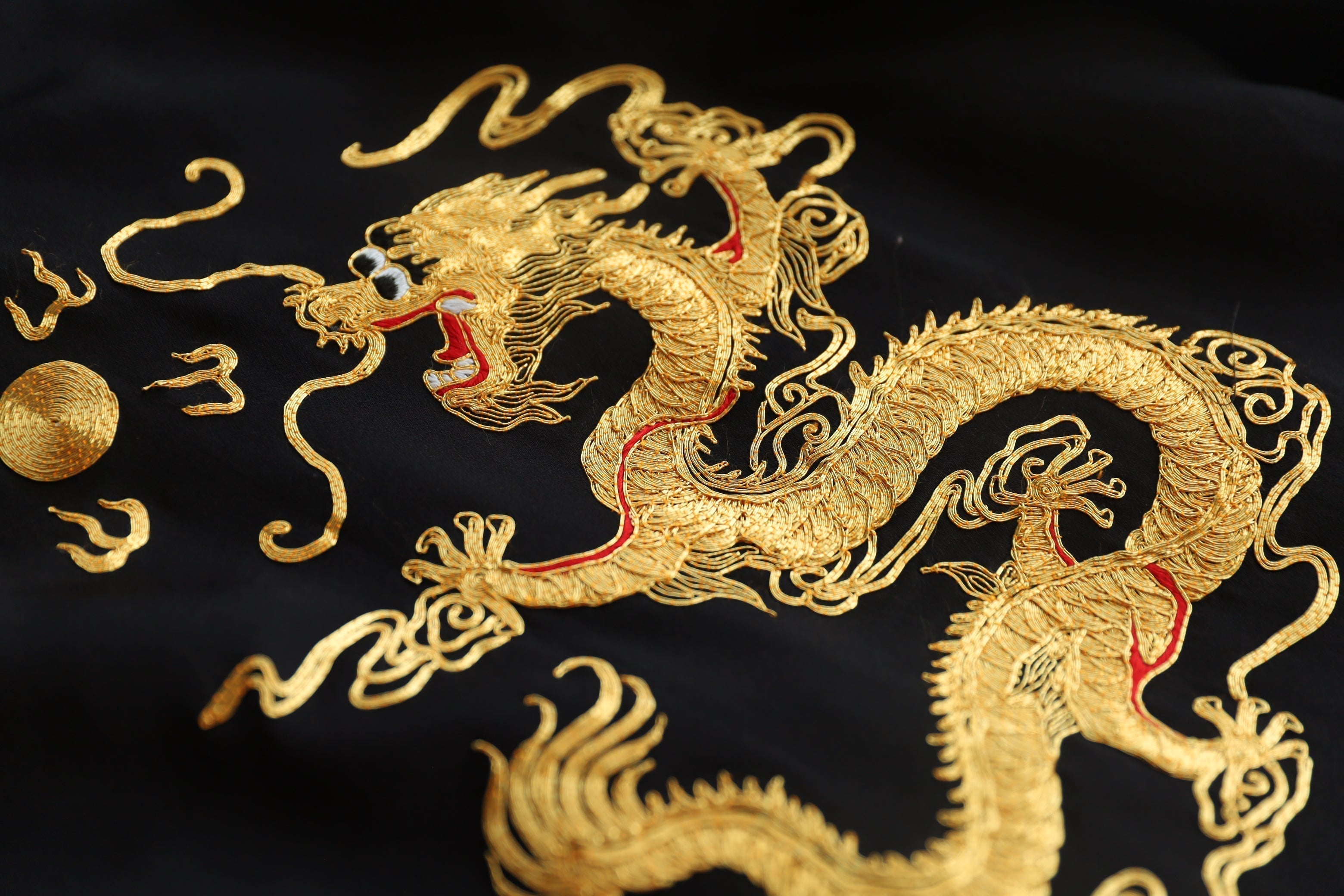
Chinese Wedding Customs
01 The Betrothal / Guo Da Li (过大礼)
The Betrothal / Guo Da Li (过大礼) is a cherished Chinese wedding custom where the groom and his family deliver a red packet containing the “Pin Jin” (聘金), also known as the betrothal gift money, along with a list of items to the bride and her family.
This ceremony is usually held 2 or 3 weeks before the actual wedding day on an auspicious date. Upon receiving the items and the Pin Jin, the bride and her family will return a portion (usually half) to signify their willingness to “share the joy” and to acknowledge the groom family’s generosity.
Before diving into the list of items, it’s important to note that the required items can vary between different dialect groups and may even vary within a specific dialect group. Therefore, we encourage the bride and groom to discuss and confirm the items and customs with their families to ensure everything is in accordance with their traditions.
List of Items
• 2 pairs of dragon & phoenix wax candles
• 12 mandarin oranges with “shuang xi” (囍) stickers to be placed on the traditional wedding tray
• 2 packets of mixed beans (five different varieties) including red, green, soy, black, and white beans
• 2 packets of rock sugar
• 2 packets of the 4 treasures (四京果), i.e. red dates, lily buds, dried longans, and lotus seeds
• 2 pieces of charcoal
• 2 packets of candied winter melon slices
• 2 pairs of Hong Cai to be hung over the door frames at the homes of the bride and the groom respectively


Significance
• Dragon & Phoenix Candles: Good fortune (龙凤呈祥)
• Mandarin Oranges: Luck (大吉大利)
• Mixed Beans: Abundance (五谷丰登)
• Rock Sugar: Eternal bliss and sweetness (甜甜蜜蜜)
• 4 Treasures: Luck, eternal bliss, fertility (鸿运当头, 百年好合, 早生贵子, 连连生子)
• Charcoal: Prosperity (兴旺发达)
• Candied Winter Melon Slices: Eternal bliss and sweetness (甜甜蜜蜜)

Other Complementary Items
• Jewelry is commonly given to the bride by the groom’s family
• 2 bottles of wine/hard liquor to be given to the bride’s father
• Pastries to be shared among the bride’s family (type dependent on dialect group)
• Gift basket (design dependent on dialect group) See below for options


1. Gift Basket Idea #1
• Dragon and Phoenix Wedding Pastries Set
• Dried Sugar Oranges
• Coconut Candies / 1 Pair of Coconuts
• Seafood Products (e.g., abalone, black moss, seaweed, fish)
• Roasted Pig
• Normal Gift Basket (no requirement as to color)
2. Gift Basket Idea #2
• Peanut Candy
• Rice Biscuits
• Sesame Biscuits
• 6/8/12 Cans of Pig Trotters
• Black and Red Color Gift Basket
3. Gift Basket Idea #3
• Dried Sugar Oranges
• Sesame Crisps
• Peanut Crisps
• Tau Sar Piah
• Granny’s Cake (老妈糕) for bride’s grandmothers
• 4 Piece Gold Jewelry (四点金) including necklace, bracelet, earrings, and ring
• Teochew Styled Wax Candles
• 6/8/12 Cans of Pig Trotters
• Weaved Straw Gift Basket

(Photo Credit: Jenny Quicksall)
02 The Reciprocity (回礼)
The Reciprocity (回礼) involves the dowry (嫁妆) items prepared and sent by the bride’s family to the groom and his family.
Some of these items will be used during the actual day/tea ceremony, while others are items that can be used on a daily basis. We encourage the couple to invest in better quality items with more modern designs to prevent wastage.
List of Items
• Tea Set for the Wedding Ceremony (to be used during the Tea Ceremony)
• Two Wedding Bowls with Matching Spoons and Chopsticks featuring Dragon and Phoenix designs (for use during the Tea Ceremony)
• Bridal Bedroom Set (for use during the Bed Setting ceremony)
• Prosperity Lamps (to be kept lit throughout the wedding night, symbolizing ongoing prosperity and good fortune)
• Sewing Kit (representing the bride’s virtues and her readiness to become a wife and mother 贤妻良母)
• Towels and Slippers/Wooden Clogs (symbolizing lifelong harmony and continuous advancement 白头偕老,步步高升)
• Descendant Set of Five (signifying fertility and a multitude of descendants 儿孙满堂)
• Two Bottles of Orange Juice (representing luck and good fortune 大吉大利)
• Descendant Ruler (indicating an abundance of descendants)
• Red Envelope for the Groom
• Prosperity Cake (Huat Kuey 发糕) (symbolizing prosperity)
03 The Bed Setting (安床)
The Bed Setting (安床) is performed by a person of good fortune (好命人), usually a senior family member (e.g., parents, grandparents), on the night before the wedding or the morning of the wedding day. This tradition, carried out by these individuals, bestows good luck upon the couple and their future generations.
Step 1: The bed setter arranges the wedding sheets, linens, and pillowcases.
Step 2: The bed setter places Chinese unity coins at the four corners of the bed and under the pillows while reciting auspicious phrases.
Step 3: The bed setter places a wedding tray with the following items on the bed:
• A packet (each) of red dates, peanuts, longans, lotus seeds, and sweets
• Two packets of mixed beans (five different varieties) including red, green, soy, black, and white beans
• Two mandarin oranges
• Descendants’ ruler
• Miniature money bucket
• Red packet for Bed Setting
Note that after the bed setting, the bed should remain untouched until the bride is ‘accepted’ by the family. Therefore, it is recommended that the Bed Setting be done on the wedding day itself so the bed can still be used by the groom the night before.
After the bride’s acceptance into the family (过门), a young child should be asked to roll and jump on the bed to bless the newlyweds with fertility.

04 The Hair Combing (梳头)
This ritual is performed the night before the wedding day, around 11 PM, in the respective homes of the bride and groom. The hair combing should ideally take place in a room where the moon is visible through the window. According to tradition, this allows the god of marriage (月老) to witness the ceremony and bless the couple. The parents will comb the bride’s/groom’s hair and recite the following three phrases with each stroke:
1. 一梳梳到底 (One combing for lasting unity)
2. 二梳白发齐眉 (Two combings for a harmonious and long life)
3. 三梳子孙满堂 (Three combings for a house full of descendants)
At the end of the ceremony, a piece of red string should be tied in the bride’s hair, while another piece should be kept in the groom’s pocket.
Please note that the groom typically performs the hair combing ritual 15 minutes to 1 hour before the bride.
05 The Escort (迎亲)
Both the bride and groom’s families should light the dragon and phoenix candles simultaneously before the groom departs to fetch his bride. The groom should prepare at least three red packets to be given to the following individuals:
• The young boy tasked with opening the wedding car door upon the groom’s arrival at the bride’s home
• The bridesmaids to ensure smooth passage through the gatecrash
• The bride’s mother to express his gratitude for raising the bride well
After completing the gatecrashing segment (if applicable), the groom will use a traditional weighing rod (秤杆) to lift the bride’s veil (盖头), symbolizing that all wishes will come true (称心如意). The couple and their entourage will then proceed to the groom’s house for the tea ceremony.
As a custom, the bride should be sheltered under a red umbrella while walking to the wedding car in open areas. This act is intended to protect the bride from any negativity she might encounter. The umbrella is usually held by the bride’s father, a male elder, or the groom.
Additionally, it is traditional for the bride to bring two Chinese fans: one elaborate and one plain. The elaborate fan represents the bride’s good qualities, while the plain fan symbolizes her imperfections. The elaborate fan will stay with the bride, and the plain fan will be left behind after she enters the wedding car.
This custom signifies the bride’s intent to bring her good qualities to her new family, while her own family remains willing to accept her flaws.
06 The Tea Ceremony:Arrival at The Groom's Residence (婚礼)
Upon the couple’s arrival at the groom’s home, they should keep their shoes on throughout the process to ensure lasting wealth and prosperity. They will first proceed directly to their matrimonial room, while other members of the groom’s family remain out of sight in other rooms, waiting for the tea ceremony to commence.
In their room, the couple will take turns feeding each other glutinous rice balls and drinking longan and red date tea, symbolizing a perfect and complete marriage (圆圆满满). Afterward, a young boy will be invited to roll and jump on the couple’s bed, symbolizing a future filled with children.
Following this, the tea ceremony will begin. The couple will serve tea to the groom’s family and receive their blessings. It is customary for the couple to receive gifts and red packets from senior relatives and to give red packets to younger relatives. The sequence for the tea ceremony is as follows:
• Serve tea to the groom’s parents
• Serve tea to the groom’s paternal grandparents
• Serve tea to the groom’s maternal grandparents
• Serve tea to the groom’s paternal relatives according to seniority
• Serve tea to the groom’s maternal relatives according to seniority
• Receive tea from younger siblings and cousins
Traditionally, the custom of serving and receiving tea with the bride’s family occurs three days after the wedding. However, for convenience, it is now often done on the wedding day itself, usually before the wedding banquet.



